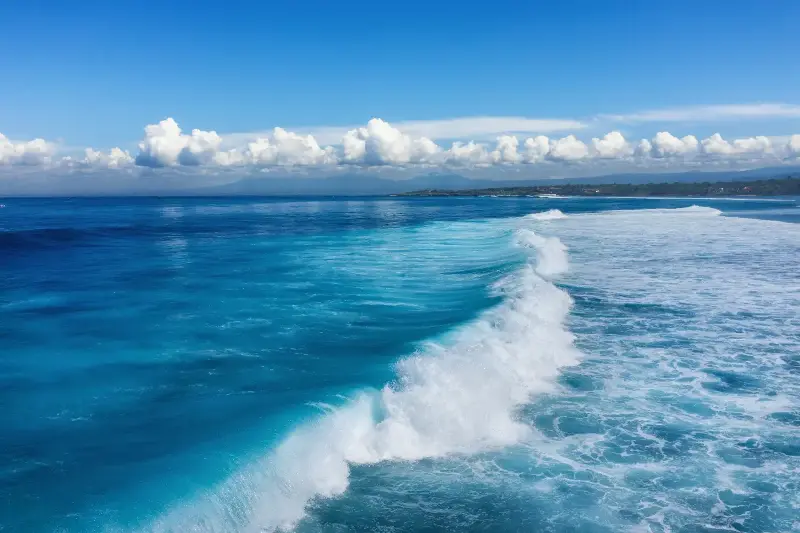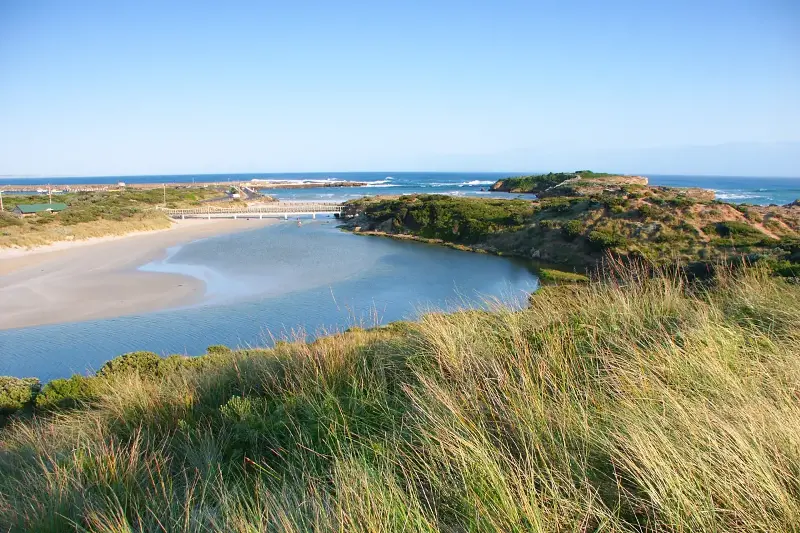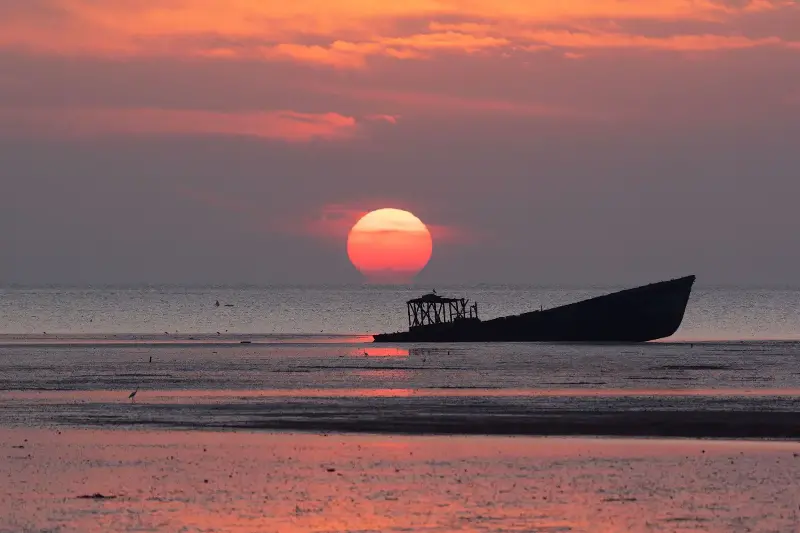Every day, from sparkling coastlines to the farthest reaches of the polar seas, Earth’s tides play out a silent yet grand symphony. While we may see the rushing rise and fall of seawater as simple ebb and flow, the story behind tides is a captivating mix of physics, celestial influence, and essential natural purpose. Let’s ride the rhythm of the tides and discover how they create not just waves, but an extraordinary orchestra on our planet.

The Cosmic Conductor: How the Moon and Sun Orchestrate Earth’s Tides
It’s easy to imagine tides are just currents pushed by winds, but their true maestro lives in the sky. The moon’s gravitational pull is the key force drawing ocean water into rhythm. As the moon orbits our planet, its gravity tugs on the Earth’s oceans, causing them to bulge out in its direction. At the same time, an opposing bulge forms on the other side of the globe, thanks to Earth’s rotation and inertia. Thus, we experience not one, but two high tides and two low tides each day.
The sun, though much farther away, also contributes to this watery ballet. During full and new moons, the gravitational powers of the moon and sun align, pulling together for what are called “spring tides”—not related to the season, but to the surge of water reaching higher highs and lower lows. Meanwhile, during the first and third quarters of the moon, they work at angles, producing the milder “neap tides.”
Imagine a duet where Earth, moon, and sun perform in perfect synchrony, choreographed to the clockwork of the skies above!
The Tidal Score: Predictability in a Chaotic World
One of the most enchanting facts about tides is their predictability. Unlike the surprises of weather or the unpredictability of earthquakes, tidal patterns can be forecast centuries into the future, down to the minute. For millennia, cultures have timed their lives to the tides—fishermen planned their catches, sailors charted their routes, and ancient calendars were set by tidal timings.
Why are tides so reliable? It’s all about precision and repetition:
- The moon’s orbit is regular and stable
- Earth’s rotation spins like a well-tuned record
- Gravity’s laws don’t change
As a result, tides follow a near-perfect schedule—an endless natural metronome. Today, millions still consult tide tables for surfing, boating, and even scientific studies of coastal habitats.

Life at the Edge: How Tides Shape Ecosystems and Humanity
Beyond their beauty and regularity, tides are unsung heroes of our planet’s health. Each pulse of water delivers nutrients, oxygen, and tiny living creatures, sparking thriving intertidal zones like sandy beaches, rocky pools, and salt marshes.
Consider these fascinating facts:
- Tidal flats and marshes act as cradles for marine life—nurseries where fish, crabs, and shellfish grow safe from larger predators.
- The rhythmic washing of tides transports seeds and larvae, helping disperse life and maintain biodiversity.
- In some places, tides generate tidal energy—a clean, renewable source of power for coastal communities.
It’s hard to overstate the importance of tides for both wildlife and human society. From inspiring hopeful poets to shaping economies, their impact runs deep.
Unusual and Amazing: Tides That Break the Rules
Not all tides follow the usual two-a-day pattern. In parts of the world, tides manifest in jaw-dropping ways that defy expectation:
- The Bay of Fundy (Canada) boasts the world’s highest tides, up to 16 metres in height—enough to dwarf a five-storey building!
- In the Amazon, the “pororoca” is a tidal bore so powerful that it creates a wave miles long, surfable for adventurous souls.
- Venice—famed for its canals—constantly measures and manages “acqua alta,” the seasonal high tides threatening to flood its ancient streets.
These spectacles remind us that even the most predictable forces of nature offer surprise encores.

Our tidal tale comes full circle: from the celestial clockwork above to the splash of waves at our feet, tides are proof that the world’s most reliable wonders can also be the most inspiring. Next time you stand by the sea and feel the pull of the tide, ask yourself: what harmonies remain hidden, waiting to be heard in the ongoing symphony of our living planet?
